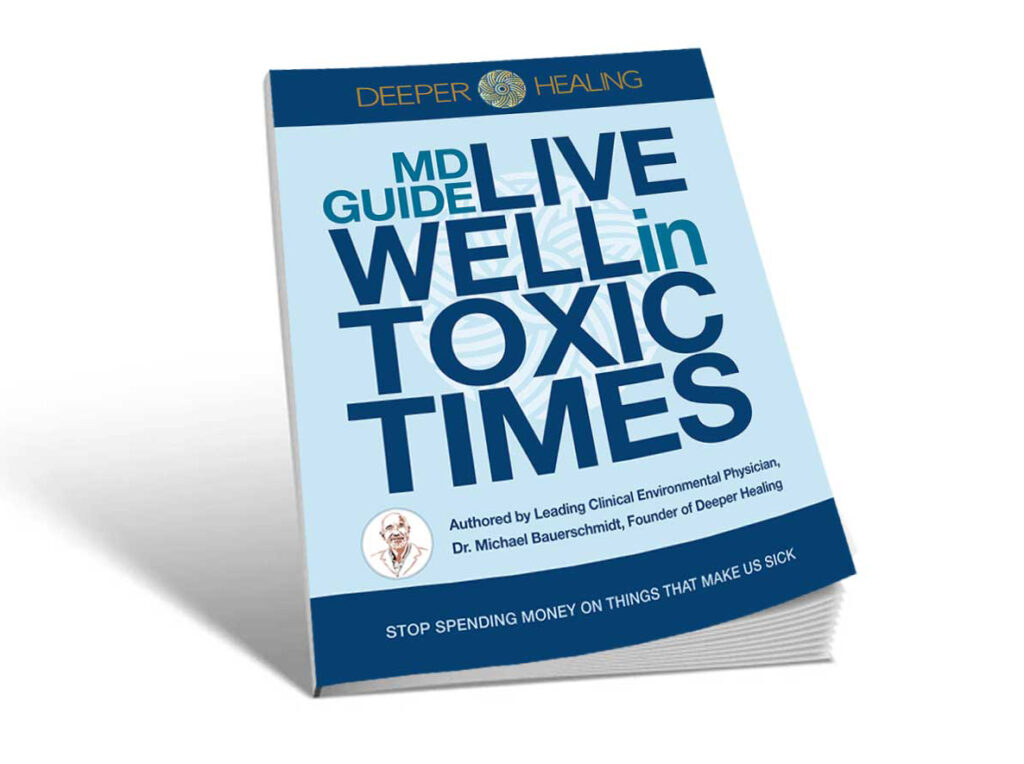October is a beautiful time of year. As temperatures cool and landscapes turn vibrant, South Carolina remains resilient in its hues. Here too, we encounter “pinkwashing.” This term refers to the commercialization of Breast Cancer Awareness Month, often overshadowing genuine preventive measures with superficial gestures.
Awareness vs. Prevention
Throughout my personal and professional journey, I’ve encountered numerous requests to support “Breast Cancer Awareness” campaigns. Ironically, some requests come from companies whose products might increase breast cancer risks. Breast cancer affects 30% of women diagnosed with cancer, impacting lives across every demographic. It’s the primary cause of cancer death among Hispanic women and ranks second for white, Black, Asian, and Native American women.
Screening vs. Early Detection
Breast Cancer Awareness Month emphasizes screening, primarily through mammography. The American Cancer Society reports a 100% survival rate for women diagnosed at stage one. However, breast cancer remains the leading cause of cancer death among women aged 20 to 59 globally. This is partly due to mammography’s limitations, as it uses ionizing radiation and often detects tumors only after years of growth. Alarmingly, regular mammograms can increase breast cancer risk by 1-3%.
For those diagnosed at later stages, treatment options are limited, and survival rates diminish. Thus, early detection and prevention are crucial. While mainstream medicine relies heavily on mammography, breast self-exams, ultrasound, and thermography offer powerful alternatives.
Exploring Alternatives
Fortunately, Katie Couric’s breast cancer diagnosis has highlighted breast ultrasound’s potential. This non-invasive method uses sound waves to image breast tissue, identifying abnormalities without the radiation risk. Traditionally used for dense breast tissue, breast ultrasound is becoming more accessible thanks to companies like HerScan.com, which offer affordable services directly to women.
Moreover, infrared breast thermography is another promising tool. It detects cancers in their infancy by monitoring metabolic changes and increased blood flow in breast tissue. If you undergo this procedure, ensure a qualified radiologist analyzes your thermograms.
Empowering Through Knowledge
I’m honored to speak at the Breast Implant Health Summit from October 20th-23rd, focusing on the vital topic of cleansing after explanting. This summit underscores the importance of educating ourselves about less conventional, yet effective, methods of early detection and prevention.
For more insights on holistic health approaches, visit our Deeper Healing blog and explore our resources on integrative therapies.

